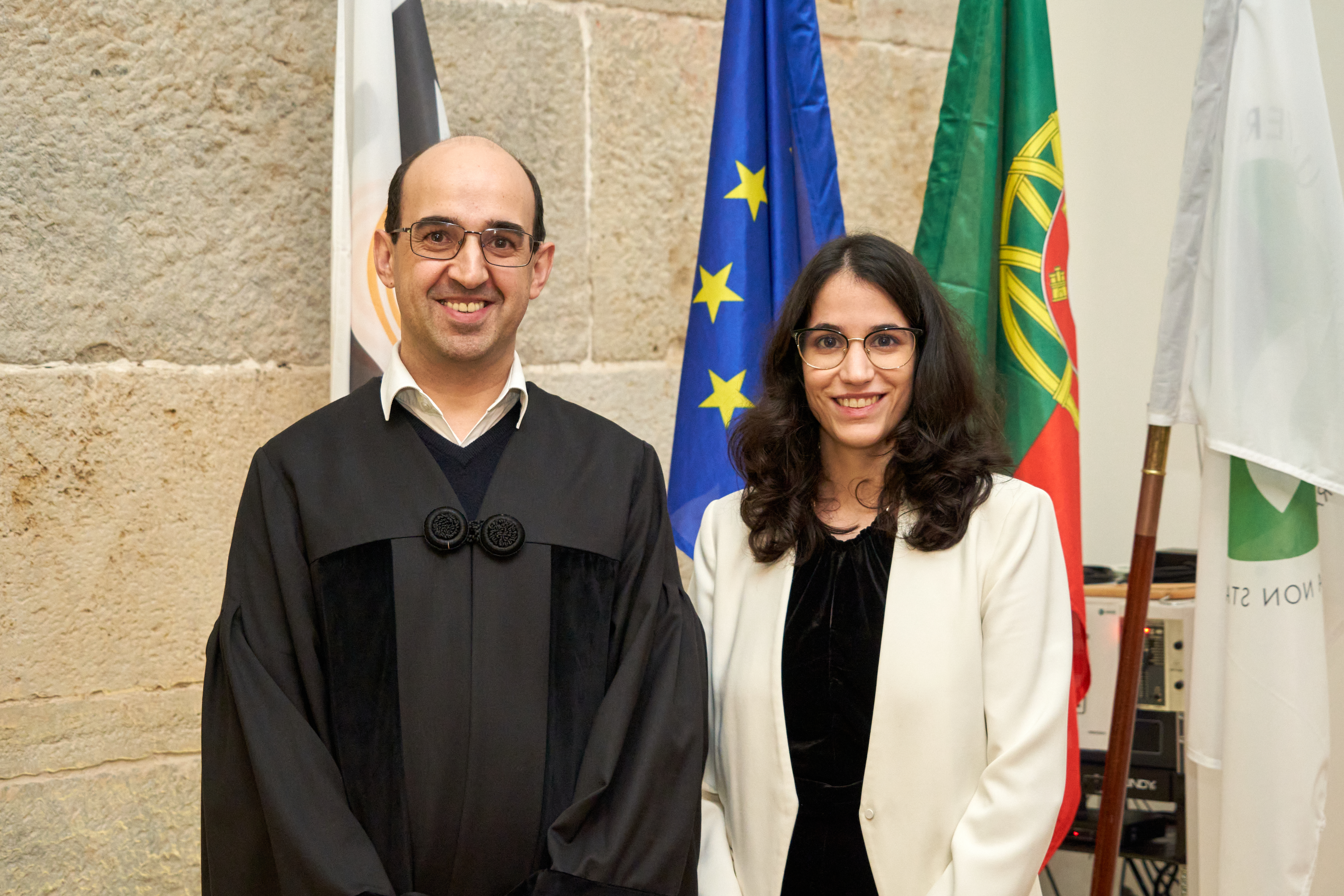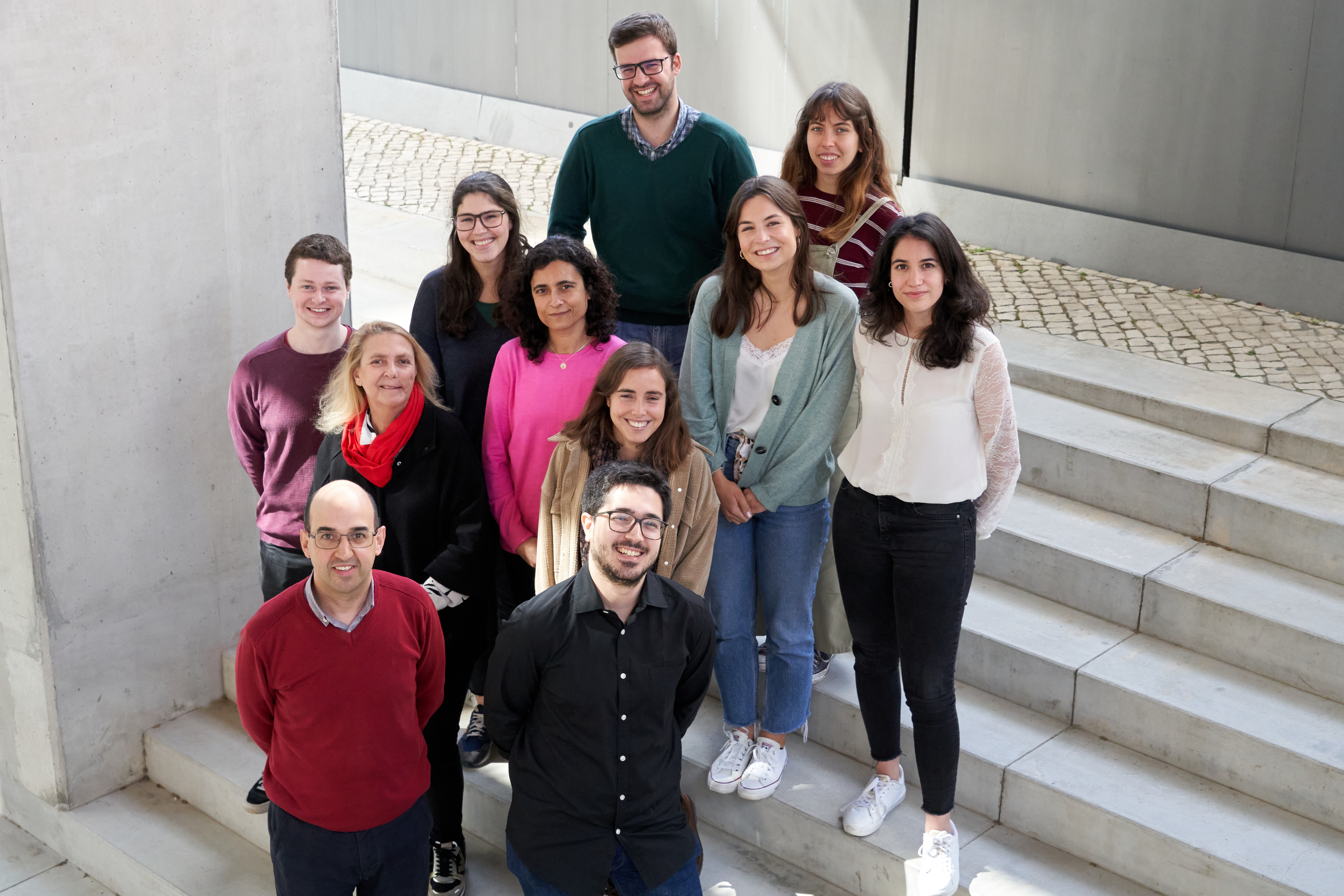
Duarte Barral and Liliana Lopes
What led you to prepare this review?
At the Membrante Traffic in Disease Laboratory we investigate the mechanisms of melanin transfer in the skin. Being one of the few groups in the world investigating this subject, we are in a good position to review the state of the art of the knowledge in the field about it. The pigment melanin, which gives color to our skin and protects skin cells from the genotoxic effect of ultraviolet (UV) radiation, is produced by cells called melanocytes. However, the pigment does not stay within these cells and is transferred to other adjacent skin cells – the keratinocytes. This is a unique process in our body, in which the cellular compartment where the melanin is stored – an organelle called melanosome – does not stay within the cell where it is produced (the melanocyte) and is transferred to a different cell type (the keratinocyte). Therefore, this is a cooperative system between two cell types that is essential to ensure the protection conferred by skin pigmentation to the skin. Remarkably, these processes were first observed in the 1960’s and they are still poorly understood and characterized. However, there are clues from different studies that can be followed to shed light on the mechanisms involved, and we aimed to review and systematize these studies in order to push the field forward.
Why is this important?
Skin pigmentation acts as a natural sunscreen and protects skin cells from carcinogenesis. Therefore, there is a need to know how the system operates. Moreover, the molecular pathways and regulators involved can serve as targets to modulate skin pigmentation, either increasing or decreasing it, which can be applied to the treatment of hyperpigmentation or hypopigmentation disorders, as well as to the cosmetic industry.
Can you use an analogy to help us understand this research field?
We can think of a cell as a city and an organ/system as a country, with different cities that produce different goods and supply different services. Some cities are more industrialized or have specific industries, that producing goods used by other cities. This is what happens in our skin, where melanocytes serve as the factory that produces melanin and store it in compartments called melanosomes, which are rugby-shaped organelles. Subsequently, this pigment is transferred to neighboring cells called keratinocytes, which are directly exposed to the UV radiation from the sunlight. These keratinocytes arrange the melanin on the top of their nuclei (between the nucleus and the surface of the skin), similar to a hat made of melanin that protects the genetic material (DNA) from damage caused by UV radiation.
What questions remain to be asked in this field that the group will pursue?
Many questions remain to be answered, our favorite ones include:
- How does the crosstalk between melanocytes and keratinocytes occur? The existence of a pigmentary synapse has been postulated but it has not been characterized;
- What are the differences in melanin processing within keratinocytes that determine the different skin colors (tones) between phototypes? In other words, what is the cellular and molecular basis of different skin colors?;
- What is the mechanism involved in the formation of the supranuclear caps above the nuclei of keratinocytes, and how is this arrangement the key to the photoprotective role that melanin has in the skin?

Barral Lab members
The review published in the scientific journal International Journal of Molecular Sciences can be found here.